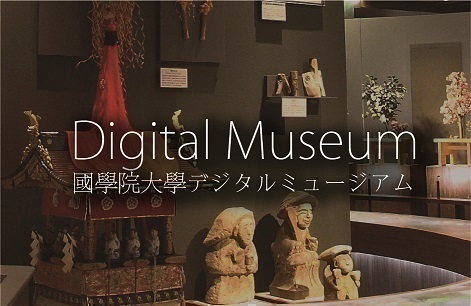- トップ
- Encyclopedia of Shinto
- Kajishin
Encyclopedia of Shinto
| Main Menu: | |
| Links: |
詳細表示 (Complete Article)
| カテゴリー1: | 2. Kami (Deities) |
|---|---|
| カテゴリー2: | Kami in Folk Religion |
| Title | Kajishin |
| Text | A kami of smithing and of metal forging enshrined by people who work in those industries. In premodern times, blacksmiths (kaji) included both those living sedentary lives in towns, and those who, together with bellows-makers (tatarashi) and metal casters (imoji), would join itinerant iron-working occupational groups called kanaya that traveled from village to village. In either case, such individuals were viewed as having a quasi-religious character due to their ability to control the magical power of iron. Among these people, the kami Kajishin was worshipped both as an occupational ancestral deity (sojin) that transmitted to humans the techniques for iron smelting and smithing, and as a tutelary of the process of production and processing. At the heart of the cult of Kajishin was the goddess Kanayago no kami. The origins of this kami are not clear, but according to the Kanayago engishō, Kanayago no kami was the offspring of the union of Kanayamabiko no mikoto and Kanayamahime no mikoto. According to the legendary history related by the Kanayago no kami saimon (found in the Kayago no kami hissho), Kanayago no kami first descended from the Plain of High Heaven to the district of Shisō in the province of Harima. Climbing astride a white heron, Kanayago flew to a mountain forest in the district of Nogi in the province of Izumo, and there she transmitted the secret techniques of iron manufacturing to a man named Abe, who would later become priest (shinshoku) of the shrine Kanayago Jinja. Portrayed as a female kami, taboos regarding Kanayago include blood pollution and the presence of women, and she is said to fear dogs. On the other hand, this kami does not appear to make a taboo of the pollution of death. The cult of Kanayago no kami spread mainly in Japan's Western Honshū region, and the shrine Kanayago Jinja in the town of Hirose (Shimane Prefecture) is regarded as the major shrine to the kami. Other kami worshiped as Kajishin include a number of deities appearing in Kojiki and Nihongi, including the blacksmith Amatsumara (Yamato no kanuchi Amatsumara), Ishikoridome, and Amenomahitotsu no kami. Of these, Amenomahitotsu appears in the Nihongi's episode of the descent of the heavenly grandchild (tenson kōrin) in the guise of Kanadakumi, and also appears in the Harima fudoki with the similar name Amanomahitotsu no mikoto. The kami continues to be worshipped today at the shrine Amenomehitotsu Jinja in the city of Nishiwaki, Hyōgo Prefecture. Local legends regarding the kami remain in this area, and they generally relate that the deity has only one-eye, in accordance with its name (ma-hitotsu = "one eye"). At some point, the kami Inari also came to be regarded as a tutelary of smithing, and some locales continue to celebrate both Inari and Kanayago no kami during the "Bellows Festival" (Fuigo matsuri) observed on the 8th day of the 11th lunar month. -Suzuki Kentarō |




